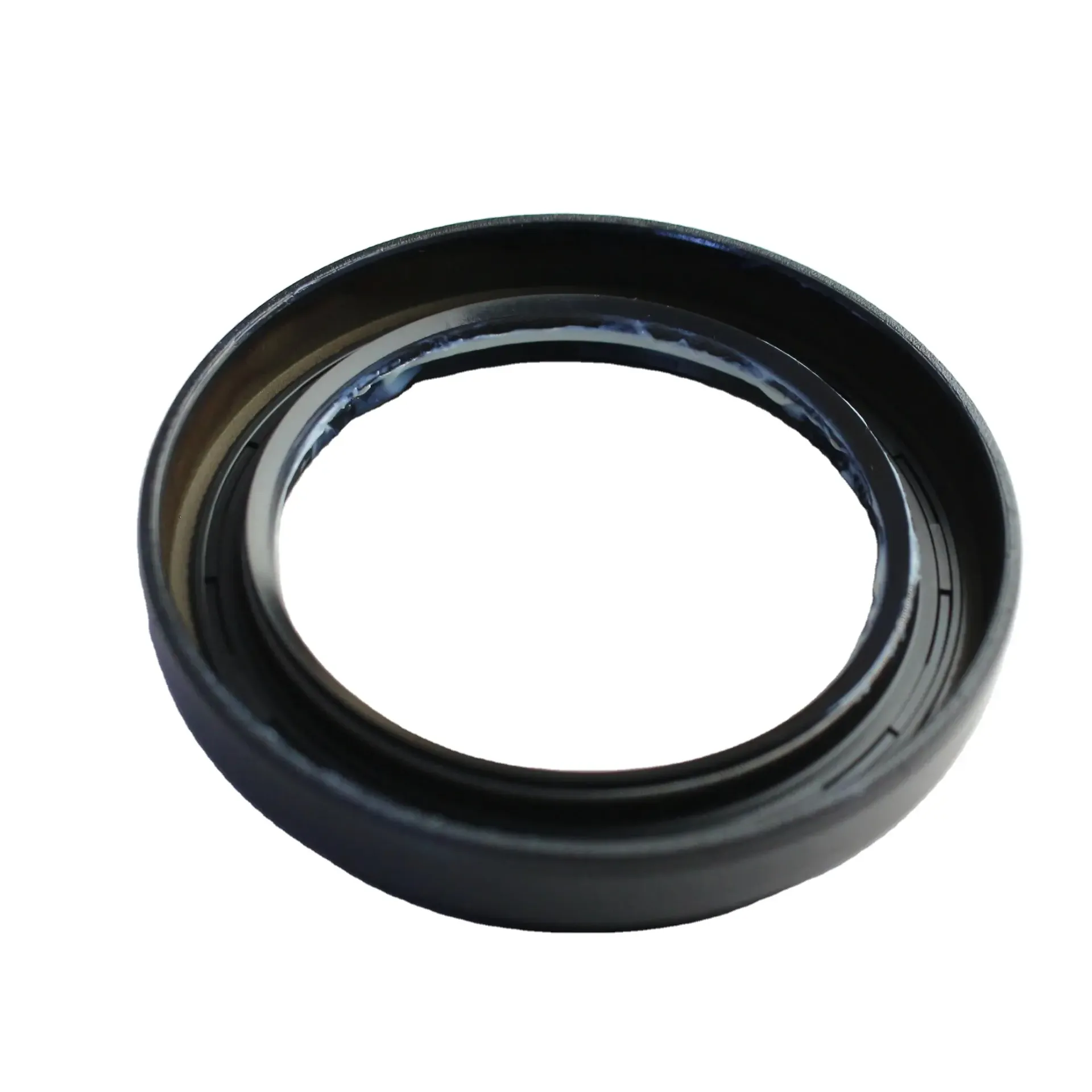Rear Differential Seal for Drive Shaft Maintenance and Replacement Tips
Understanding Rear Differential Seals in Drive Shafts
In the world of automotive mechanics, the importance of durable and efficient components cannot be overstated. Among these components, the rear differential seal plays a crucial role in ensuring the smooth operation of the vehicle's drivetrain. This article will delve into the function, importance, maintenance, and potential issues related to rear differential seals in drive shafts.
What is a Rear Differential Seal?
The rear differential seal is a crucial component that separates the differential housing from the axle shaft. It serves as a barrier to prevent oil leakage, which is essential for the lubrication of the differential gears. The rear differential is part of the drive shaft assembly, which transmits power from the engine to the wheels. The seal encapsulates the gear oil that lubricates the differential, ensuring that it operates efficiently and without excessive wear.
Function and Importance
The primary function of the rear differential seal is to keep the gear oil contained within the differential housing. This oil is essential for lubricating moving parts, dissipating heat, and facilitating smooth operation under various load conditions. Without a functioning seal, the oil would leak out, leading to inadequate lubrication, increased friction, and, consequently, significant wear or even catastrophic failure of the differential components.
Additionally, the seal prevents dirt, water, and other contaminants from entering the differential housing. Contaminated gear oil can lead to corrosion and damage to the precision components inside the differential, resulting in costly repairs and reducing the vehicle's overall reliability.
Signs of a Failing Rear Differential Seal
As with any mechanical component, wear and tear can lead to failure
. Several warning signs indicate that the rear differential seal may be failingdrive shaft rear differential seal

1. Oil Leaks One of the most apparent signs is the presence of oil leaks. If you notice puddles of fluid under your vehicle, particularly near the rear differential, it's a sign that the seal may be compromised.
2. Unusual Noises Grinding or whining sounds from the differential can indicate insufficient lubrication. If the seal has failed, the lack of gear oil could cause abnormal wear on the gears, leading to noise.
3. Overheating A failing seal can result in elevated temperatures within the differential. This overheating can cause oil breakdown and further exacerbate wear on the gears.
4. Difficulty in Handling If your vehicle feels unstable, particularly during turns, it might indicate that the differential is not functioning correctly due to insufficient lubrication caused by a failed seal.
Maintenance and Replacement
Maintaining the rear differential seal is critical for the longevity of the vehicle's drivetrain system. Regular inspections should include checking for oil leaks, ensuring that the differential fluid is at the correct level, and looking for signs of contamination. A routine inspection every oil change can prevent potential issues down the road.
If you suspect that your rear differential seal is failing, it is crucial to address the issue promptly. Ignoring a leaking seal can lead to more extensive and costly repairs, including the need to replace the entire differential assembly. Replacement of the rear differential seal typically requires removing the axle shaft, making it essential to have a qualified mechanic perform the job if you are not experienced.
Conclusion
The rear differential seal is a small but vital component of your vehicle's drivetrain system. It plays a significant role in maintaining the integrity, efficiency, and longevity of the rear differential. Regular maintenance and timely replacement upon detecting issues are fundamental in preventing significant mechanical failures. Understanding the importance of the rear differential seal can go a long way in ensuring your vehicle operates smoothly and reliably for many miles to come. Keeping an eye on this essential component not only preserves your vehicle's performance but also enhances safety on the road.
-
Understanding the Front Main Engine Seal: Purpose, Maintenance, and Installation
News Jul.29,2025
-
Understanding O-Rings and Seal Rings: Types, Applications, and Custom Solutions
News Jul.29,2025
-
Understanding Crankshaft Oil Seals: Rear Seals, Pulley Seals, and Their Role in Engine Integrity
News Jul.29,2025
-
The Importance of Front and Rear Crankshaft Seals in Engine Performance and Oil Management
News Jul.29,2025
-
Crank Oil Seals: Functions, Types, and Cost Considerations in Engine Maintenance
News Jul.29,2025
-
A Comprehensive Guide to O-Rings and Seals: Types, Materials, and Global Applications
News Jul.29,2025
-
Mastering Diesel and Performance Engine Maintenance: A Guide to Critical Oil Gaskets
News Jul.28,2025
Products categories















